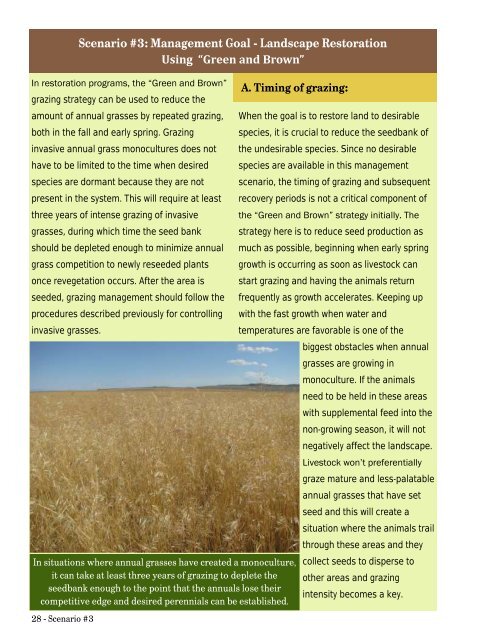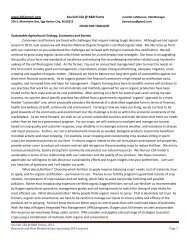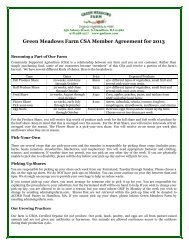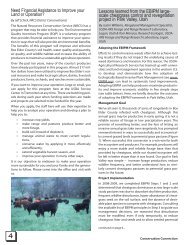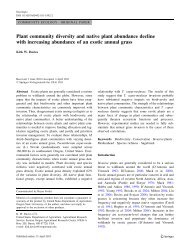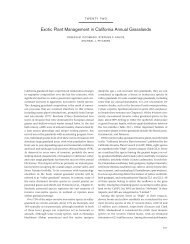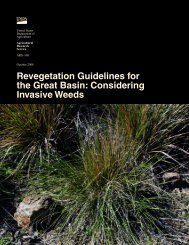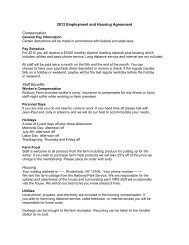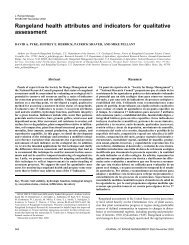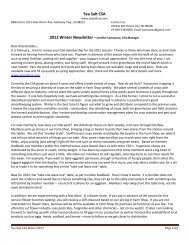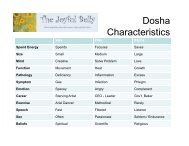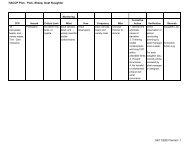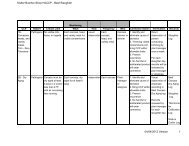“Green and Brown” Grazing Strategy
“Green and Brown” Grazing Strategy
“Green and Brown” Grazing Strategy
You also want an ePaper? Increase the reach of your titles
YUMPU automatically turns print PDFs into web optimized ePapers that Google loves.
In restoration programs, the <strong>“Green</strong> <strong>and</strong> <strong>Brown”</strong><br />
grazing strategy can be used to reduce the<br />
amount of annual grasses by repeated grazing,<br />
both in the fall <strong>and</strong> early spring. <strong>Grazing</strong><br />
invasive annual grass monocultures does not<br />
have to be limited to the time when desired<br />
species are dormant because they are not<br />
present in the system. This will require at least<br />
three years of intense grazing of invasive<br />
grasses, during which time the seed bank<br />
should be depleted enough to minimize annual<br />
grass competition to newly reseeded plants<br />
once revegetation occurs. After the area is<br />
seeded, grazing management should follow the<br />
procedures described previously for controlling<br />
invasive grasses.<br />
Scenario #3: Management Goal - L<strong>and</strong>scape Restoration<br />
Using <strong>“Green</strong> <strong>and</strong> <strong>Brown”</strong><br />
A. Timing of grazing:<br />
In situations where annual grasses have created a monoculture,<br />
it can take at least three years of grazing to deplete the<br />
seedbank enough to the point that the annuals lose their<br />
competitive edge <strong>and</strong> desired perennials can be established.<br />
28 - Scenario #3<br />
When the goal is to restore l<strong>and</strong> to desirable<br />
species, it is crucial to reduce the seedbank of<br />
the undesirable species. Since no desirable<br />
species are available in this management<br />
scenario, the timing of grazing <strong>and</strong> subsequent<br />
recovery periods is not a critical component of<br />
the <strong>“Green</strong> <strong>and</strong> <strong>Brown”</strong> strategy initially. The<br />
strategy here is to reduce seed production as<br />
much as possible, beginning when early spring<br />
growth is occurring as soon as livestock can<br />
start grazing <strong>and</strong> having the animals return<br />
frequently as growth accelerates. Keeping up<br />
with the fast growth when water <strong>and</strong><br />
temperatures are favorable is one of the<br />
biggest obstacles when annual<br />
grasses are growing in<br />
monoculture. If the animals<br />
need to be held in these areas<br />
with supplemental feed into the<br />
non-growing season, it will not<br />
negatively affect the l<strong>and</strong>scape.<br />
Livestock won’t preferentially<br />
graze mature <strong>and</strong> less-palatable<br />
annual grasses that have set<br />
seed <strong>and</strong> this will create a<br />
situation where the animals trail<br />
through these areas <strong>and</strong> they<br />
collect seeds to disperse to<br />
other areas <strong>and</strong> grazing<br />
intensity becomes a key.


